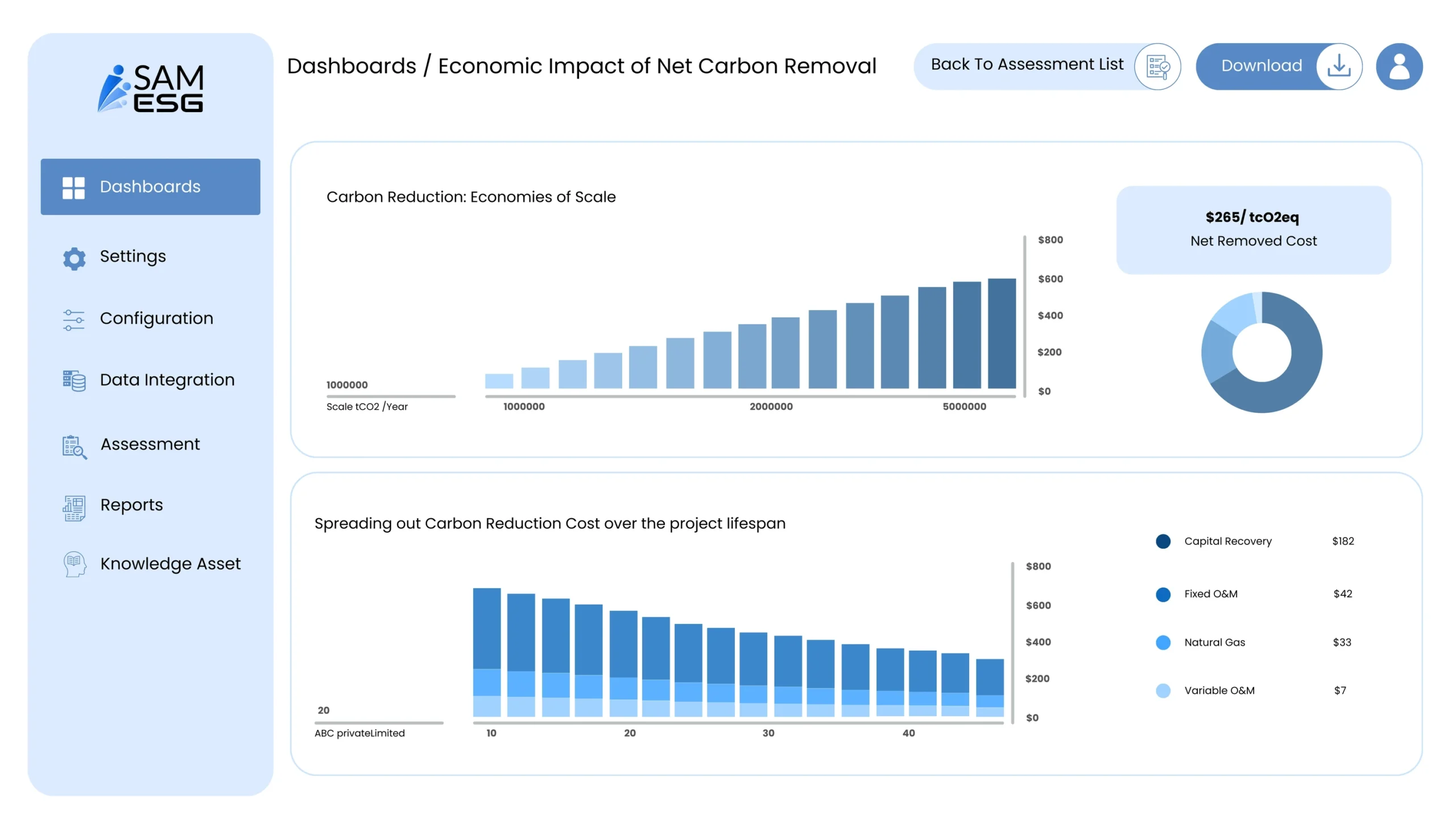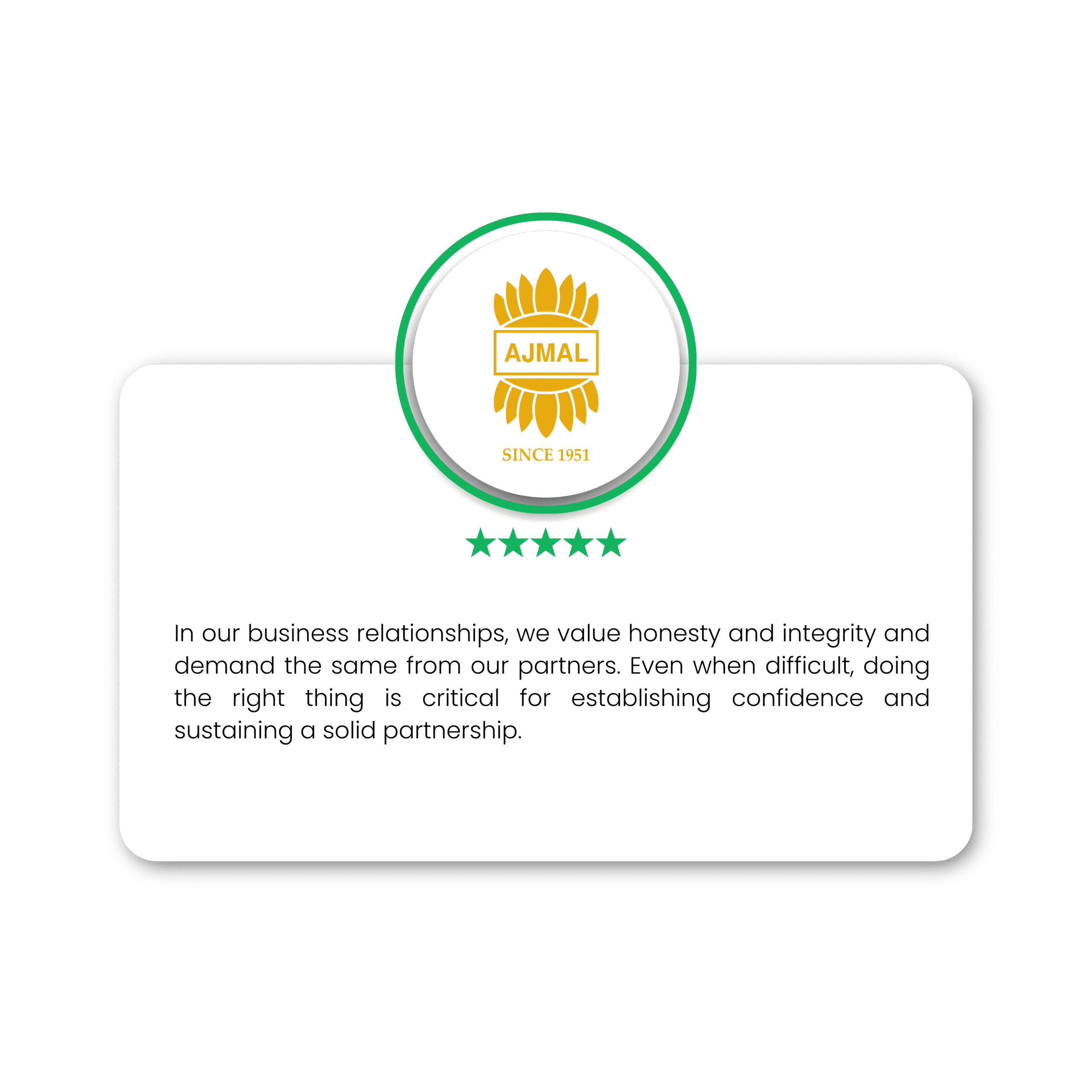SAMESG®, our integrated ESG platform for streamlined reporting, compliance, and performance tracking.
Streamline your financial planning, consolidation, and reporting with clarity and confidence.
Join the forward-thinking organizations using our platforms and advisory expertise to accelerate performance, compliance, and transformation.








































SAMESG® empowers organizations to take control of their ESG journey, turning complex data into clear insights, enabling smarter decisions, and ensuring seamless compliance across global standards.

See Your Progress
Full visibility of net-zero progresses across divisions, sectors, and investments
Monitor Every Emission
Track emissions from assets to counterparties using reliable data sources
Spot Risks & Potential
Identify opportunities, risks, and demonstrate tangible ESG outcomes

Focus on What Matters
Prioritize and measure emissions reduction initiatives across your portfolio
Measure Impact Clearly
Quantify the financial and environmental returns of each initiative
Maximize Carbon Savings
Allocate resources strategically to maximize carbon savings and impact

Explore Multiple Scenarios
Assess decarbonization scenarios with AI-powered modeling and insights
Choose the Most Efficient Path
Identify cost-efficient, high-impact pathways for carbon reduction
Optimize for Results
Compare projected trajectories and optimize strategies at portfolio or project level

Understand Asset-Level Impact
Track emissions at the asset level with forward-looking projections
Break Down Emissions by Scope
Map Scope 1, 2, and 3 contributions for each asset precisely
Target High-Impact Actions
Target high-impact reduction areas and align sustainability with operations
We help organizations move beyond compliance to develop ESG strategies that create measurable impact, enhance transparency, and embed sustainability into business decisions.
Managed Services
Reduce operational burden on internal teams and processes
Ensure accurate, timely reporting across all ESG frameworks
Streamline ESG data collection, validation, and disclosures
Align ESG initiatives across divisions and subsidiaries
Consulting & Training
Help teams interpret and apply ESG frameworks effectively
Build capacity with role-specific, practical learning modules
Promote a culture of accountability, sustainability, and compliance
Support leadership with actionable insights and best practices
CPM helps finance teams simplify complex processes, providing accurate, real-time insights to drive smarter planning, reporting, and compliance across your organization.

Use actionable insights and scenario modeling to respond quickly to business changes and market dynamics.
Automate financial close and consolidation across entities, currencies, and inter-company structures efficiently.
Unify budgeting, forecasting, and analytics in one connected system to align strategy and performance.
Leverage centralized data and advanced analytics to gain real-time insights into profitability at a granular level.
Connect finance and operational teams to promote collaborative planning and reporting, ensuring organizational alignment.
Ensure lease accounting compliance with pre-configured automation, audit-ready disclosures, and simplified reporting.
Gain clarity and control over complex processes with solutions that simplify decisions, strengthen strategy, and future-proof your business.
Support for enterprise, model, operational, market, credit, and liquidity risk management across financial organizations.
Support for governance, risk management, and regulatory compliance across financial organizations.
Flexible support via collaborative internal partnerships or fully managed risk functions with standardized processes.

Enable agile and informed financial decision-making with dynamic modeling, improved liquidity management, and optimized balance sheet performance.
Implement proactive risk frameworks that reduce exposure, support long-term resilience, and integrate risk considerations into strategy and operations.

Automate insurance contract accounting with centralized data, real-time validation, and transparent regulatory reporting to meet IFRS 17 standards.
Automate BRF submissions with centralized data, real-time validation, and checks, ensuring accurate, compliant, and timely CBUAE reporting.

Consistently delivering measurable impact and real results that speak for themselves.
Learn best practices, overcome challenges, and discover actionable strategies that drive measurable impact.
Sustainable finance in India is entering a new phase, one that goes beyond…
The relationship between finance, sustainability, risk, and technology is no longer linear. Decisions…
Durante décadas, el estado financiero de una empresa fue la medida definitiva de…
From FY2023–24, ESG reporting isn’t optional for India’s top-listed companies and soon, it…
The UAE is one of the first GCC nations to pass a binding…
Navigating Sustainability Reporting in the UAE Your Guide to Effective Reporting and Compliance…
In an economy moving rapidly toward net-zero, businesses can no longer afford to…
In an economy moving rapidly toward net-zero, businesses can no longer afford to…
From data to action: Real-time Ad-Hoc Analysis for strategic performance management Traditional reporting…
The UK Department for Business and Trade (DBT) and the Financial Reporting Council…
The European Union has announced a major policy shift to ease green farming…
Singapore has taken a major step toward improving the credibility and transparency of…
Real stories of success, efficiency gains, and strategic transformation that highlight the value we bring to organizations across industries.











The Network of Strategic Partners That Power Every Outcome We Achieve.
Real stories of success, efficiency gains, and strategic transformation that highlight the value we bring to organizations across industries.




is at
Meet us at SFF 2025
Booth: 4G40, Hall 4